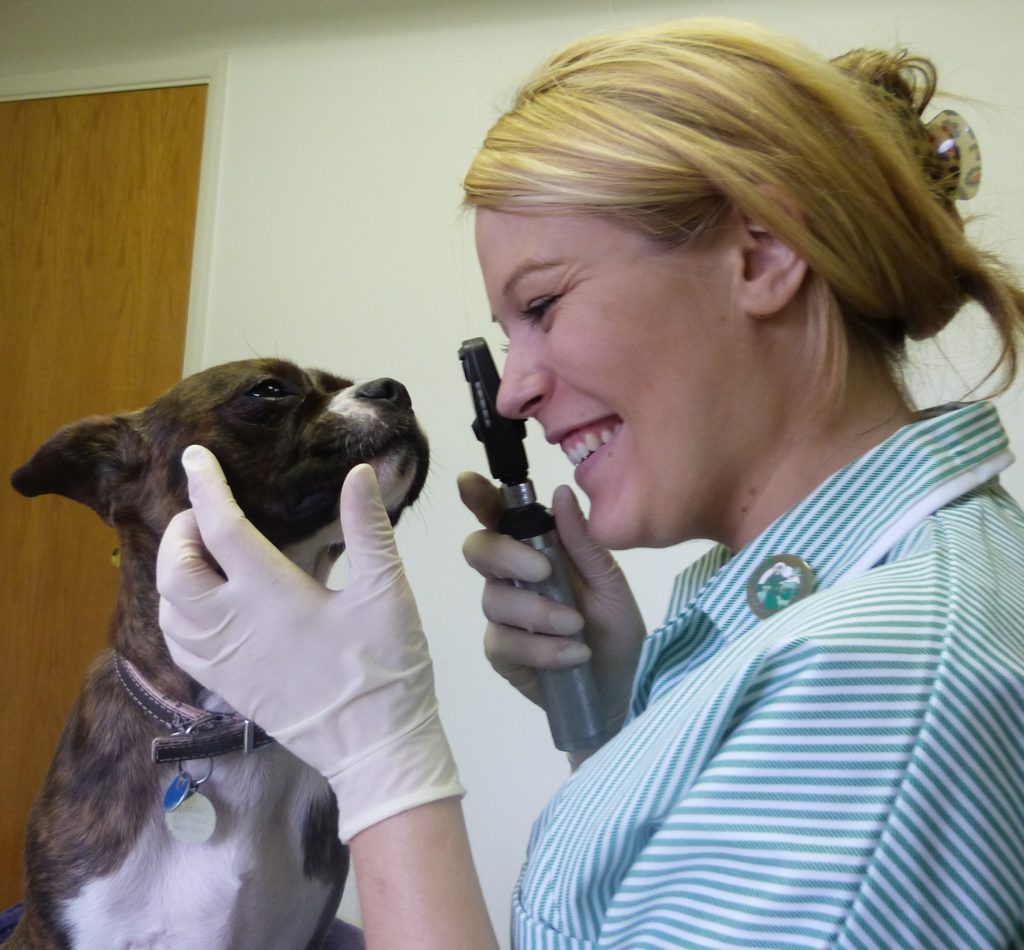
During this unusual time of enforced inactivity many Student Veterinary Nurses are at a loss for how to continue moving their NPLs forward, but there are several aspects that can be worked on in the comfort and safety of your home.
Section 1: Legislation affecting practice:
1.1 Familiarise yourself with the legislative requirements affecting practice and match these with the everyday tasks you complete during your working day. This will result in a comprehensive list of tasks and corresponding legislation that can be worked through on your return to practice.
1.2 Download the appropriate manufacturer guidelines for some of the more commonly used equipment and materials in your practice and have these printed or saved on your mobile, ready to follow when you next load an autoclave or prepare the dental machine etc.
1.4 Create a risk assessment document ready for completion.
1.5 Catalogue different notifiable diseases and the requirements of reporting these under RIDDOR. Have this information ready for your CC to use as a method of assessment during a professional discussion at your next tutorial.
Section 2: Communication:
2.6 Create a list of commonly used pre-emptive and post-operative medications and identify the correct routes of administration and potential side effects. Use this as a quick reference sheet for when you are back in practice providing discharge information, and for when you need to identify this information in NPL evidence.
2.7 Download a variety of referral forms in preparation for completion of appropriate paperwork.
2.8 Complete research for evidence-based learning.
2.10 Research the broad range of pet bereavement support available to owners.
Section 4: Nursing care:
4.1 and 4.2 Create a care plan document.
4.4, 4.11, 7.2 and 10.4 Practice calculations.
4.7 Research different types of wound care dressings.
4.9 Create a list of commonly used oral, topical, subcutaneous, intramuscular and intravenous medications and identify the correct manufacturer instructions.
4.12 Familiarise yourself with the validated pain scoring systems and download these ready to be used.
4.13 Research basic physical therapy techniques to aid mobilisation.
4.14 and 4.15 Learn the differences between first aid and emergency care.
Section 5: Lab techniques:
5.7 Learn how to complete a Vernier scale.
Section 7: Dispensing:
7.1 Identify legislative guidelines and special handling and disposal requirements for commonly used controlled drugs, cytotoxic/cytostatic/hormonal medicines.
Section 8: Infection control:
8.1 Research common notifiable and zoonotic diseases.
8.3 Learn what constitutes hazardous and non-hazardous waste and ascertain the correct disposal for each.
Section 9: Theatre Practice:
9.1 Learn a range of surgical instruments.
This is by no means an exhaustive list but working through these tasks will help to kickstart your NPL journey once ‘normal life’ resumes. Keep in regular contact with your Clinical Coach and keep your mind active by revising, researching and reading. These are unprecedented times but together we can overcome the obstacles.
Leanne Crowe RVN, V1
FdSc Veterinary Nursing Internal Quality Assurer at Sparsholt College
